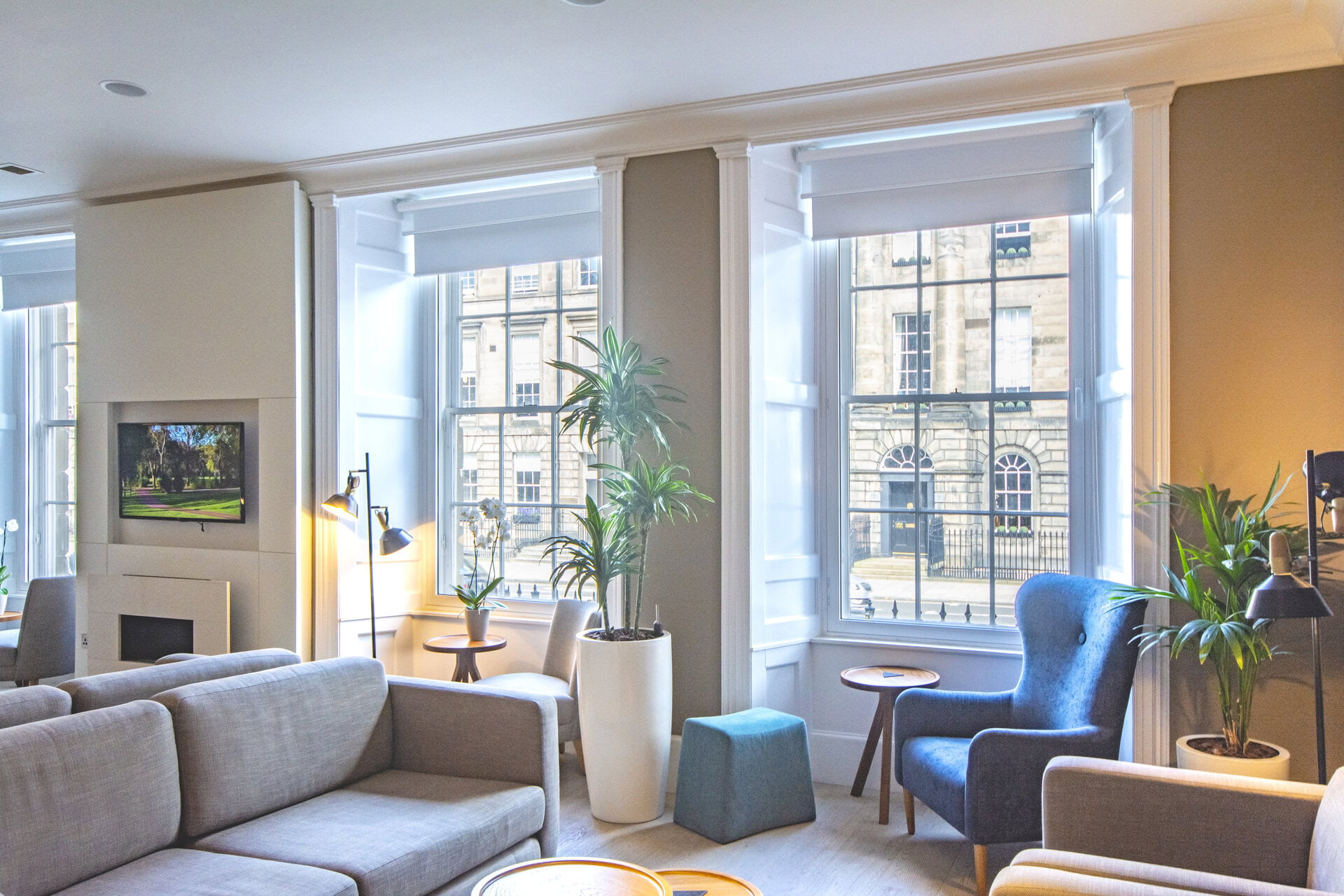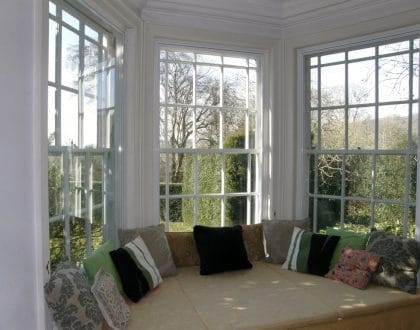Secondary Glazing: An Effective Way to Improve Energy Efficiency and Comfort

Secondary glazing is an effective way to enhance the energy efficiency, comfort, and security of homes—particularly in the UK, where many properties still feature traditional single-glazed windows. It involves installing an additional pane of glass on the interior side of an existing window, creating an insulating layer of air between the two panes. This helps to reduce heat loss, improve thermal performance, and enhance soundproofing.
Secondary glazing is particularly beneficial for listed buildings and properties in conservation areas, where replacing original windows may not be practical or permitted.
Key Considerations Before Installation
Before installing secondary glazing, it is important to assess several factors to ensure the best outcome:
- Identify your primary objective, whether it is thermal insulation, noise reduction, or enhanced security, as this will influence the choice of system and glass type.
- Consider the style, condition, and material of your current windows to determine the most compatible secondary glazing solution.
- If your property is listed or located in a conservation area, consult with local authorities or conservation officers to ensure compliance with heritage regulations.
- Determine how frequently you will need to open your windows or access them for maintenance, as this will help you select the most practical opening configuration.
Sustainability of Secondary Glazing
One of the standout benefits of secondary glazing is its sustainability. Unlike modern replacement windows, which may require frequent updates, secondary glazing has a long lifespan due to its protection from external elements.
Even at the end of its life, secondary glazing is highly recyclable. Around 99% of its materials, including aluminium frames and flat glass, can be reused, reducing waste and environmental impact. This makes secondary glazing an eco-friendly choice for homeowners looking to improve their property’s efficiency without contributing to landfill waste.
Why Secondary Glazing Is More Than You Think
Despite its many advantages, several misconceptions about secondary glazing persist. Here, we clarify some of the most common misunderstandings:
- “Isn’t secondary glazing just a temporary, budget-friendly fix?”
While secondary glazing is a more cost-effective option than replacing entire window units, it is far from a low-quality solution. It provides excellent insulation, significantly reduces noise, and enhances security—without any high costs associated with full window replacement. - “Secondary glazing is outdated and unnecessary in modern homes.”
With rising energy costs and an increased focus on sustainability, secondary glazing is more relevant than ever. It offers an effective way to improve a home’s insulation, reduce heat loss, and lower energy bills—all without major structural changes. - “All secondary glazing looks the same and doesn’t suit every home.”
Secondary glazing is highly adaptable, available in various styles, materials, and opening configurations to suit different window designs—including sash windows and uniquely shaped heritage windows. It can be customised to blend seamlessly with the existing aesthetics of a property. - “It’s not suitable for historic buildings.”
Secondary glazing is a reversible, non-intrusive solution that improves the performance of historic windows. It allows period properties to retain their original charm while benefiting from enhanced warmth and noise reduction.
Conclusion
Secondary glazing installation is a practical and often essential solution for improving the energy efficiency, comfort, and security of homes—particularly those with single-glazed windows or heritage restrictions. By understanding its benefits and key considerations, homeowners can make informed decisions that align with their property’s needs, ensuring a more comfortable and sustainable living environment.
Recommended Posts

Top Tips For Soundproofing Your Bedroom
08/07/2025


